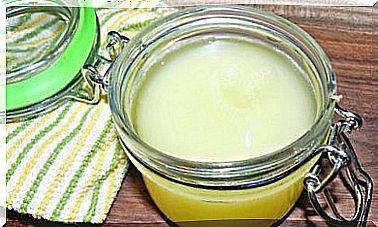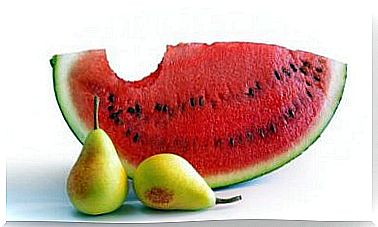Heat Allergy: 7 Effective Solutions
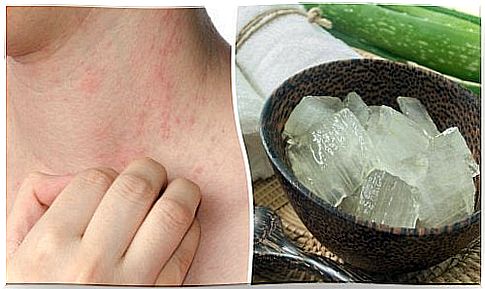
Heat allergy, also known as heat urticaria, is a negative skin reaction to sudden changes in body temperature and climate.
It often arises from prolonged exposure to the sun and other heat sources, although it is also common when we do high-impact physical exercise.
It is characterized by the appearance of rashes, rashes and redness, almost always accompanied by an uncomfortable itchy or burning sensation.
It is often noticeable on the cheeks, neck, under the breasts and other sensitive areas of the skin.
In addition, in some cases it causes fever, nausea and stomach problems that manifest themselves through pain and inflammation.
Although symptoms can be controlled with antihistamines and steroids, there are some homemade remedies that help to calm the allergy in a natural way.
Below are the top seven so that you don’t hesitate to use them at the first signs.
Natural Remedies for Heat Allergy
1. Yeast powder
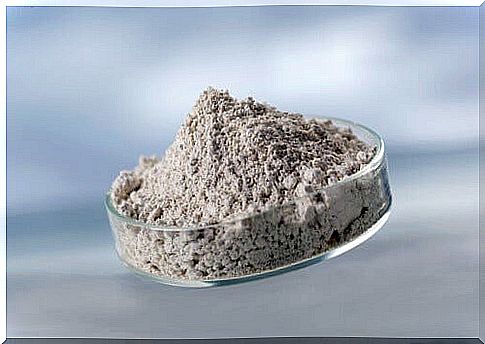
Applying powdered yeast to allergic skin can help soothe the itchiness and rash caused by this condition.
Its properties regulate pH, relieve inflammation and exert a calming effect.
How to use?
- Moisten some powdered yeast with water and apply to irritated skin.
- Leave on for 20 minutes and rinse with cold water.
- Repeat its use until symptoms are relieved.
2. Ice
Applying ice to the skin is one of the best-known remedies for alleviating irritations caused by heat allergies.
Since cold reduces inflammation, improves circulation and regulates body temperature.
How to use?
- Wrap a few ice cubes in a soft cloth and apply it for 5 to 10 minutes on the affected areas.
- Repeat treatment two or three times a day.
3. Olive oil

The uses of olive oil on the skin are known to thousands of people, as its essential fatty acids are proven to be excellent for combating dryness and premature aging.
However, what few people know is that it also soothes allergies, regulates the pH of the skin and reduces itching.
How to use?
- Apply a little olive oil to allergic skin while gently massaging.
- Allow to absorb and repeat use twice a day.
4. Aloe vera
As expected, the wonderful aloe vera also serves as a lifesaver against the symptoms of this type of skin problem.
In summary, its refreshing compounds alleviate rashes and reduce the redness caused by the sensation of heat.
As it offers large amounts of water and antioxidants, it promotes natural wetting and pH balance.
Ingredients
- 1 tablespoon of aloe vera (15 g)
How to use?
- Take a scoop of aloe vera gel and apply it to the allergic areas.
- Leave on for 20 minutes and rinse with cold water.
- Use up to three times a day.
5. Chamomile Infusion

Chamomile cold infusion acts as a refreshing lotion to control irritation and rashes from heat allergies.
In addition, it can even be ingested directly to regulate body temperature and digestive system discomfort.
Ingredients
- 1 tablespoon of chamomile (10 g)
- 1 cup of water (250 ml)
How to use?
- Add a spoon of dry chamomile to a cup of boiling water, let stand for 10 minutes.
- When it reaches a bearable temperature, apply it to the affected skin.
- Also, drink one or two cups of tea a day.
6. Oats
Due to its moisturizing, repairing and calming properties, oatmeal can be considered a solution against heat allergy symptoms.
Its direct application reduces redness, soothes itching and relieves inflammation of rashes and rashes.
How to use?
- Mix a cup of oats in the warm water of the tub, let it sit for five minutes, and soak your body.
- Likewise, mix the oats with rose water and apply it with gentle massages to the most affected areas.
- Repeat once a day until symptoms are controlled.
7. Apple vinegar
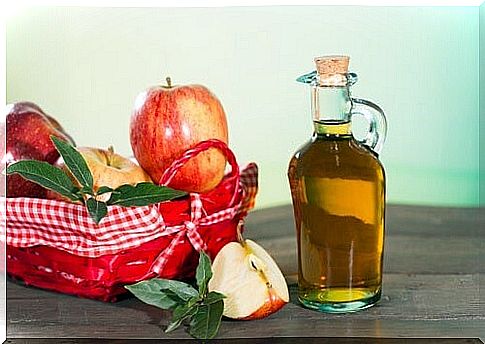
The natural acids in apple cider vinegar are not only helpful in regulating the skin’s natural pH, but also in curbing allergic reactions.
Its direct application promotes allergy relief and reduces discomfort such as itching and redness.
How to use?
- First, mix equal parts of water with apple cider vinegar;
- Then pour it into a spray bottle and spray it onto the affected skin;
- Finally, let it absorb naturally and repeat use twice a day.
As you can see, with some 100% natural ingredients we can say goodbye to the bothersome symptoms of heat allergy.
Avoid using several of them at the same time as this could cause unwanted reactions.
Use whatever catches your eye and follow the recommendations given to get good results.
